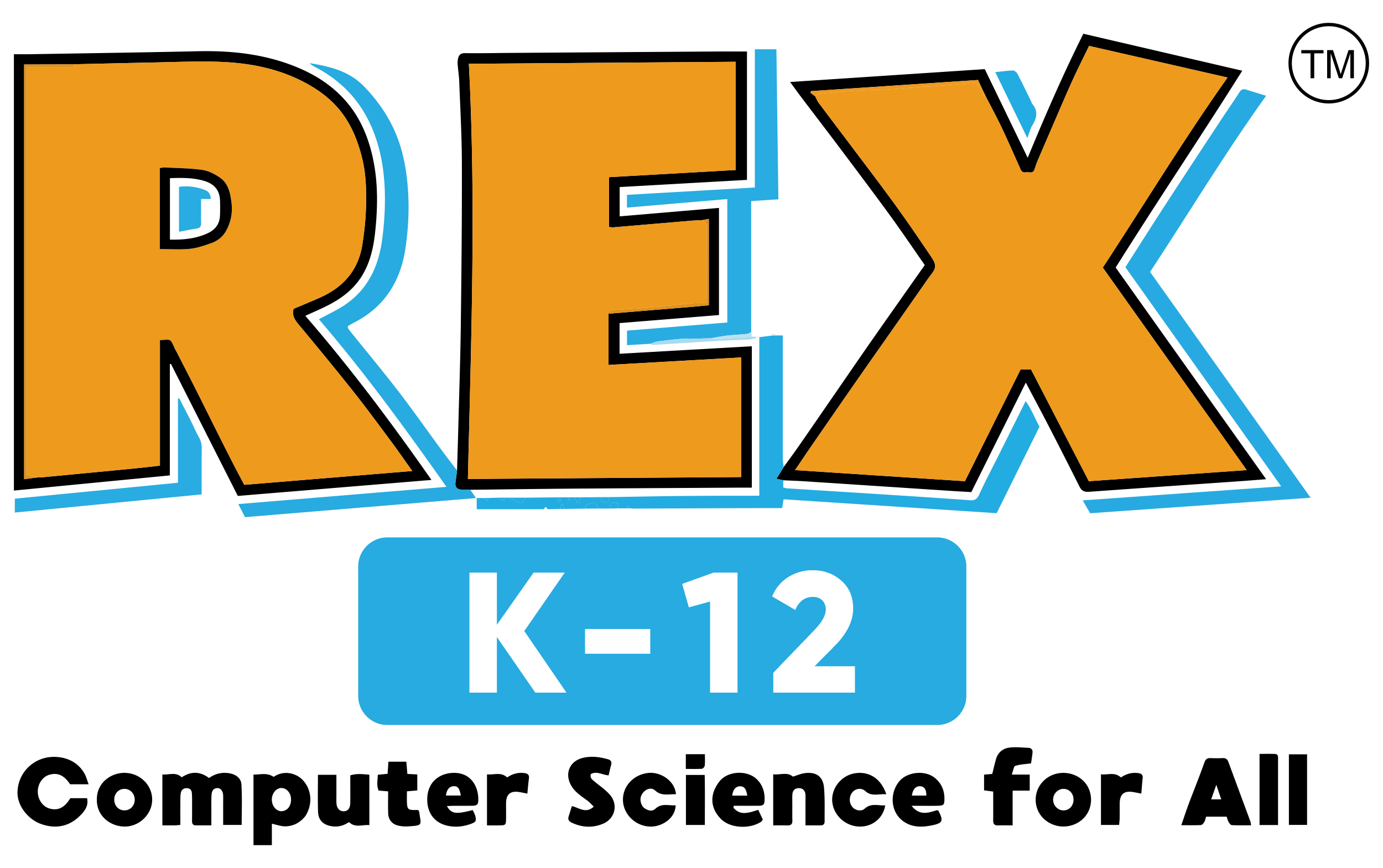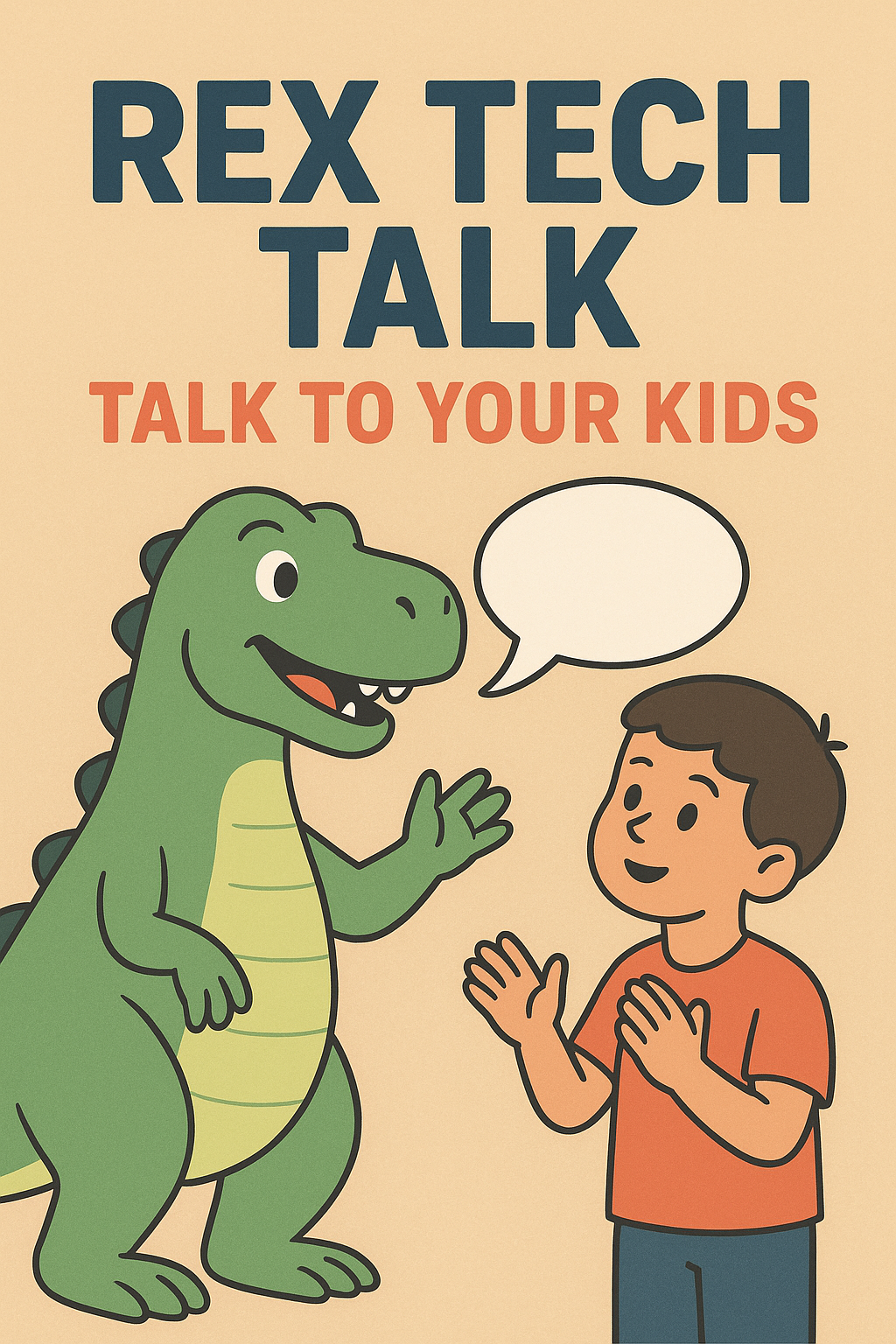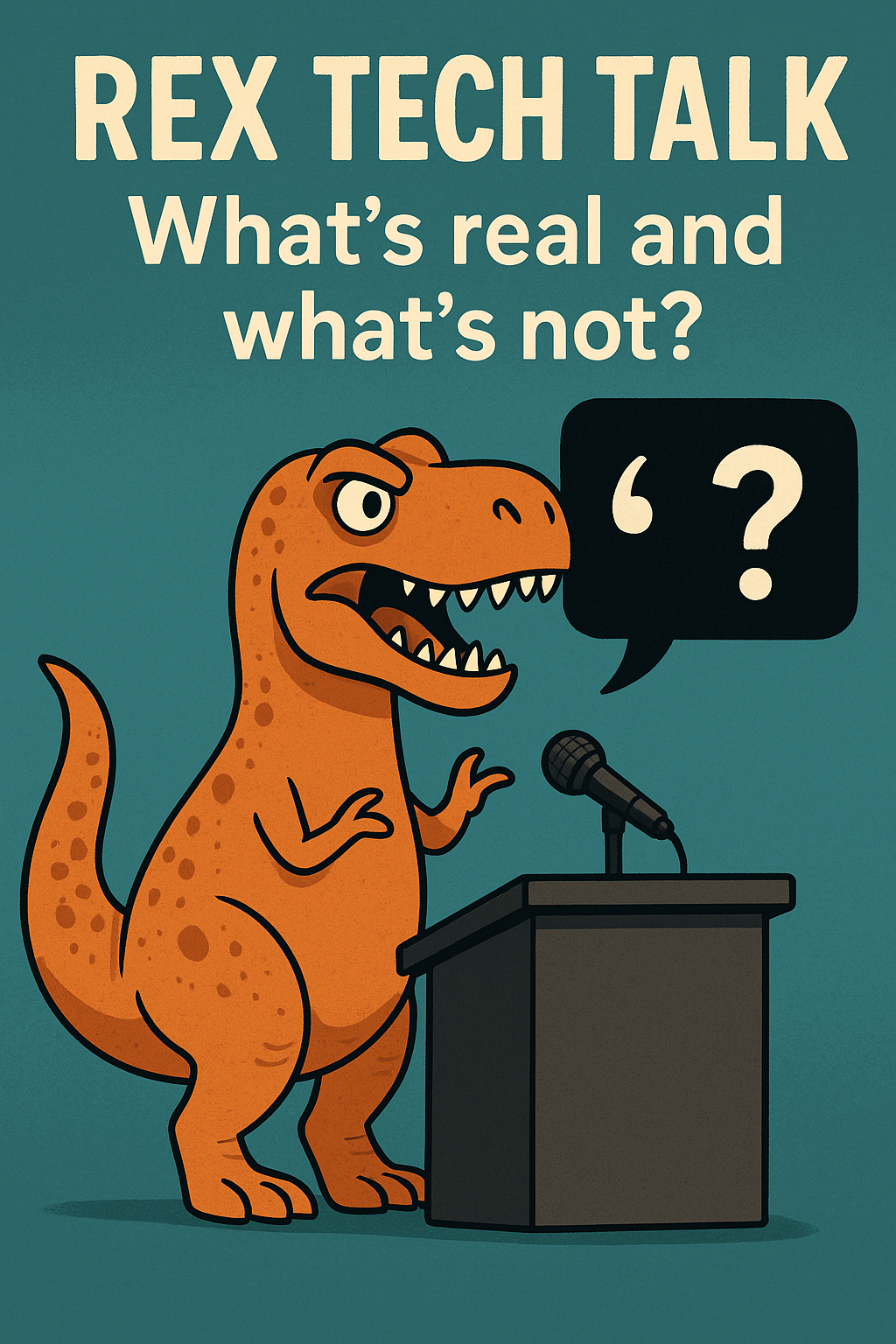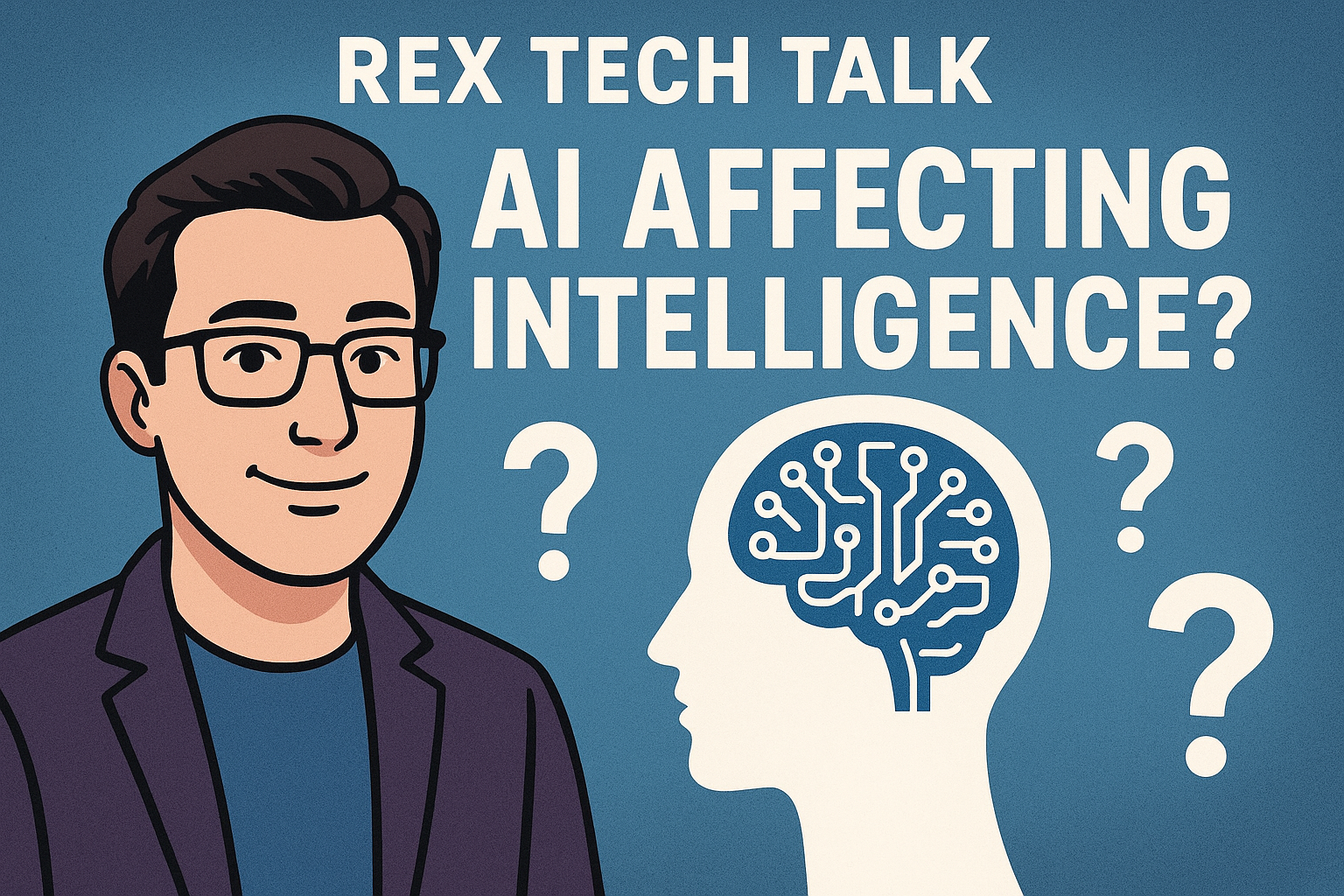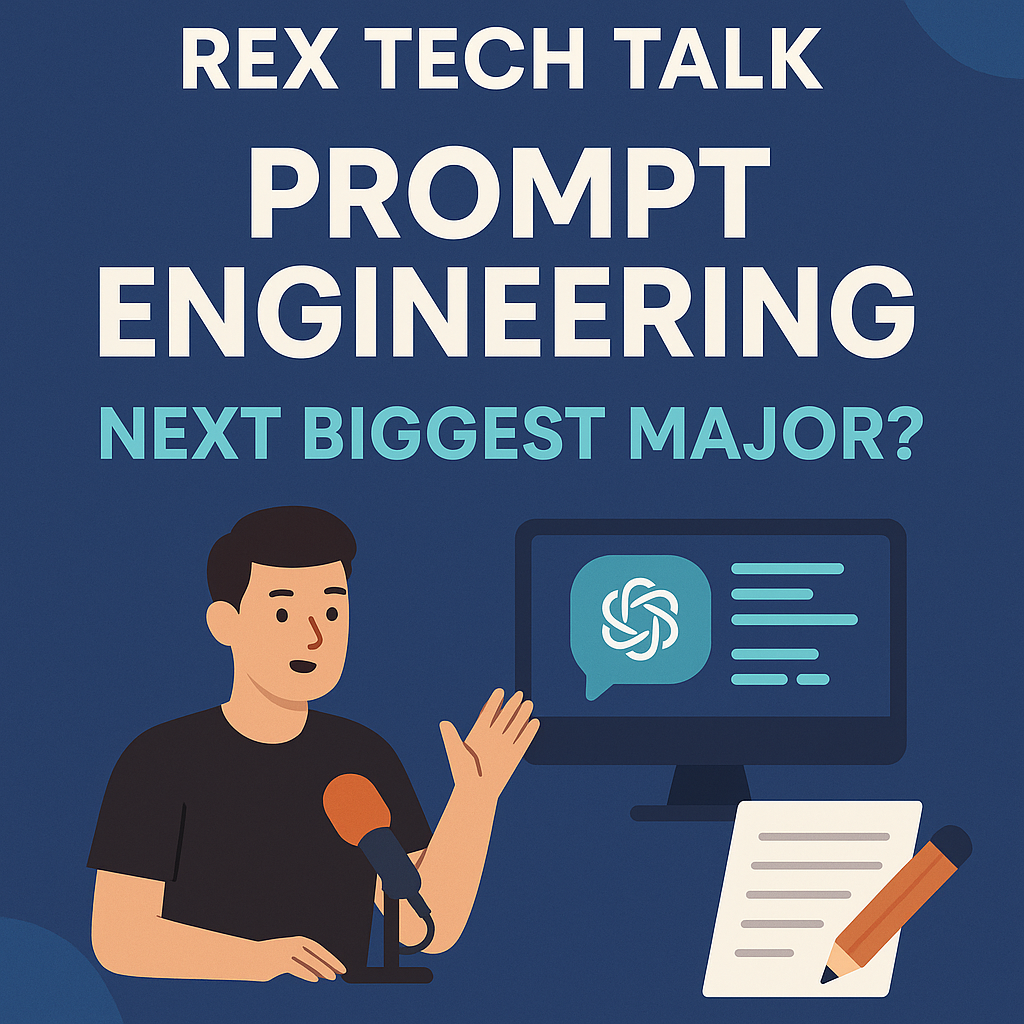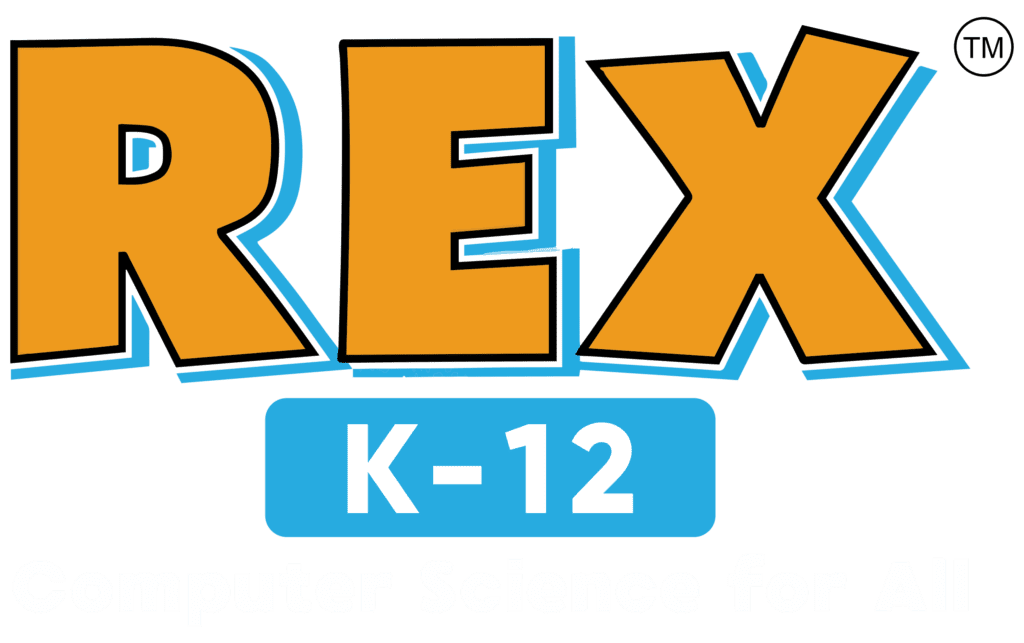Designing Assessments for AI Education in 8th Grade: Templates, Rubrics, and Real-World Examples
Artificial Intelligence is no longer reserved for tech labs or futuristic predictions — it’s shaping our everyday lives, from recommendation engines to facial recognition. That’s why equipping students with foundational AI literacy is more important than ever. Eighth grade is the ideal time to introduce these concepts, helping students become not only informed users but responsible digital citizens.
This post builds on our previous post about assessment strategy by offering practical tools, rubrics, and examples tailored to AI education in U.S. classrooms.
What Should 8th Grade AI Education Achieve?
Before designing assessments, it’s important to clarify the learning goals. By the end of a middle school AI unit, students should be able to:
- Understand key AI concepts (e.g., data, algorithms, machine learning, bias)
- Recognize real-world uses of AI in society
- Reflect on the ethical implications of AI
- Design simple AI-driven tools using beginner-friendly platforms
- Collaborate, communicate ideas clearly, and think critically
Key Standards to Align With:
- CSTA 3A-IC-25: Discuss issues of bias and accessibility in computing
- ISTE 1.3: Knowledge Constructor
- NGSS Science Practices: Use data and evidence to build explanations
A 4-Week AI Unit Plan
Week 1: What is AI?
Activities: Interactive discussions, video analysis, concept mapping
Assessment: Formative checks using vocabulary and concept maps
Week 2: AI in Daily Life
Activities: Case studies (e.g., ChatGPT, facial recognition), discussion of pros and cons
Assessment: Diagnostic and self-assessments to explore understanding
Week 3: AI and Ethics
Activities: Debates and ethical role-play scenarios
Assessment: Performance-based assessment using ethical reasoning
Week 4: Design an AI Project
Activities: Students use tools like Scratch or Teachable Machine to build simple AI tools
Assessment: Final project presentation with peer and teacher evaluation
🛠 Project-Based Learning in Action
Project Title: Design an AI Tool to Help Your School
Driving Question: How can AI improve school life while remaining ethical and fair?
Students work in teams to:
- Identify a real challenge at school
- Design an AI-based solution using Scratch, Canva, or Teachable Machine
- Present their solution, demonstrating its functionality and ethical considerations
This assessment brings together creativity, collaboration, and practical AI understanding.
Rubric Highlights: AI Project Evaluation
Assess students on six core criteria:
- AI Understanding: How well they explain AI concepts and tools
- Creativity: Originality and practicality of the solution
- Execution: Use of tech tools to simulate or build AI functionality
- Ethics: Depth of thought around fairness, bias, and impact
- Collaboration: Teamwork and clarity of communication
- Reflection: Quality of personal insight and growth
Each area is scored from 1 to 4, for a total of 24 points.
Other Assessment Tools for AI Learning
Formative Tools
- Concept maps (connect terms like AI, bias, algorithm)
- Vocabulary matching (Quizlet, Google Forms)
- Think-pair-share discussions
- Entry/exit tickets for daily check-ins
Diagnostic Tools
- Ethical scenario survey: “Would you use an AI that predicts who fails math?”
Prompts reflection on fairness, data use, and equity
Peer Feedback
- Simple forms ask students to identify strengths, suggestions for improvement, and whether fairness and bias were considered in peer projects
Performance Task: AI Debate
- Topic: Should AI decide who gets into college?
- Students prep arguments and engage in a class debate, judged on clarity, evidence, ethics, and respectful discourse
Tech Tools to Enhance Learning (All Free)
- Google Teachable Machine – Train custom AI models with images, sounds, or poses
- Scratch + Machine Learning Extension – Create interactive games with AI blocks
- AI for Oceans (Code.org) – Introduce AI basics and bias
- Kialo Edu – Structure debates and scaffold ethical discussion
These platforms require no prior coding experience and work on most browsers or Chromebooks.
Self-Reflection: Building Metacognition
Encourage students to complete a “My AI Learning Journey” reflection with prompts like:
- What’s one thing I now understand about AI?
- What would I change about my project?
- Did I consider ethical impacts?
- How has my thinking about AI changed?
Checklist for Great AI Assessment Design
- Learning goals aligned to standards
- Mix of diagnostic, formative, and summative tasks
- Rubrics for key assignments
- Opportunities for reflection and peer feedback
- Ethical thinking built into activities
- Student voice and choice encouraged
- Tools that reflect real-world AI
- Differentiated support for diverse learners
- Teacher facilitation guides included
Final Thoughts
Teaching AI in 8th grade isn’t just about algorithms — it’s about shaping young people who can think critically about the technology shaping their world. With the right assessments, we can unlock deeper learning, ethical reasoning, and future-ready skills.
By combining rubrics, project-based learning, formative tools, and student voice, you don’t just measure success — you help students create it.
